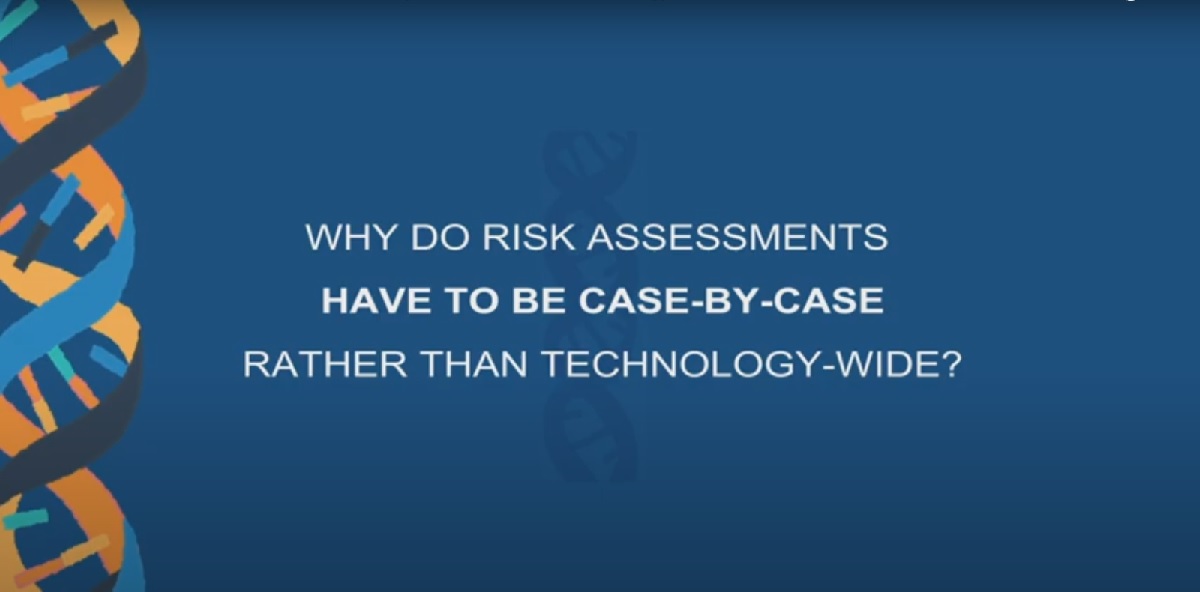
Technology Specifics Key to Efficient Risk Assessment, Says Experts
December 1, 2022| |
Risk assessments are part of an evaluation process when developing and implementing new technologies. In the case of gene drives, risk assessments should be done on a case-by-case basis under context-specific considerations and backed by scientific evidence, according to experts.
Owain Edwards, Group Leader at the Environmental and Synthetic Genomics, CSIRO Land and Water, defines risk assessment as determining the likelihood of unintended consequences when releasing a technology, such as genetic modification and gene drives, in the environment.
Every organism is different in terms of its behavior, biology, genetics, and genome. For this reason, risk assessments should be context-specific and done on a case-by-case basis, says Brinda Dass, Policy Lead for Gene Drive Research at the Foundation for the National Institutes of Health.
Evaluators must consider the technology, how it functions, the proposed method of use, and the environment in which it will be released into. It is also vital to weigh the benefits of the new technology against the risks it can bring, and take into consideration the risks of other available tools used for the same purpose.
In the case of gene drive for malaria control, Shaibal Dasgupta, Group Leader at the IATA Institute for Genetics and Society, notes that mosquitoes are not key species in the ecosystem; therefore, risk assessment should cover their potential to change their disease-carrying behaviors rather than their ecological impacts.
For more information on context-specific risk assessments, watch the video by the Outreach Network for Gene Drive Research.
| |
You might also like:
- Risk Assessment for Gene Drive Organisms
- ISAAA Policy Brief Tackles Importance of Science-based and Case-by-case Risk Assessment for Gene Drives
- New Policy Brief Calls for Science-based and Case-by-case Risk Assessment of Gene Drives
Biotech Updates is a weekly newsletter of ISAAA, a not-for-profit organization. It is distributed for free to over 22,000 subscribers worldwide to inform them about the key developments in biosciences, especially in biotechnology. Your support will help us in our mission to feed the world with knowledge. You can help by donating as little as $10.
-
See more articles:
-
Gene Drive Supplement (December 1, 2022)
- World-first Gene Drive Technology to Suppress Invasive Mice
- Research Film Talks about Gene Drive Grey Squirrels
- Scientist Call for Support for Gene Drive Research to Combat Malaria
- Genetic Technologies’ Potentials Go Beyond Malaria Control
- Technology Specifics Key to Efficient Risk Assessment, Says Experts
-
Read the latest: - Biotech Updates (December 17, 2025)
- Gene Editing Supplement (December 17, 2025)
- Gene Drive Supplement (February 22, 2023)
-
Subscribe to BU: - Share
- Tweet

